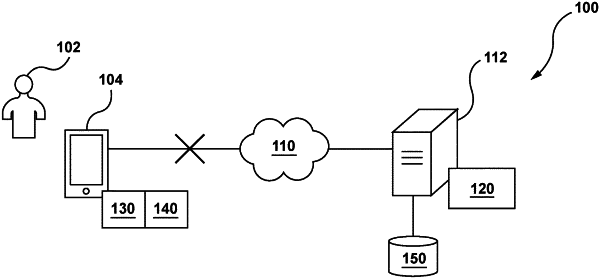| CPC G06F 40/47 (2020.01) [G06F 40/284 (2020.01); G06N 3/04 (2013.01)] | 20 Claims |

|
1. A method of executing offline translation of a source word into a target word, the source word being in a source language, the target word being in a target language, the offline translation being performed by a Neural Network (NN) executed by an electronic device, the NN having been trained to translate words from the source language to the target language, the NN having an encoder portion and a decoder portion, the method executable by the electronic device, the method comprising:
splitting, by the electronic device, the source word into a sequence of input tokens;
generating, by the electronic device employing the encoder portion, a sequence of vector representations for respective ones from the sequence of input tokens;
generating, by the electronic device employing the decoder portion, a first sequence of output tokens based on the sequence of vector representations,
the first sequence being representative of a first candidate word, the first candidate word being a candidate translation of the source word into the target language;
in response to the first candidate word not respecting at least one pre-determined rule:
triggering the decoder portion to generate a second sequence of output tokens, the second sequence having a different at least one last output token than at least one last output token of the first sequence,
the second sequence being representative of a second candidate word, the second candidate word being a second candidate translation of the source word into the target language;
in response to the second candidate word respecting the at least one pre-determined rule:
determining, by the electronic device, that the second candidate word is the target word.
|